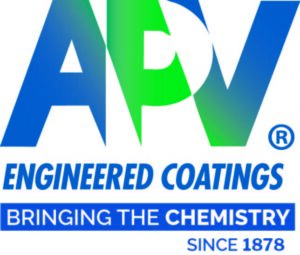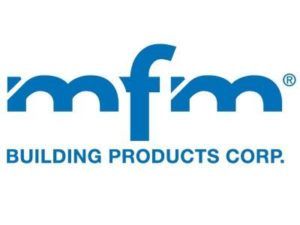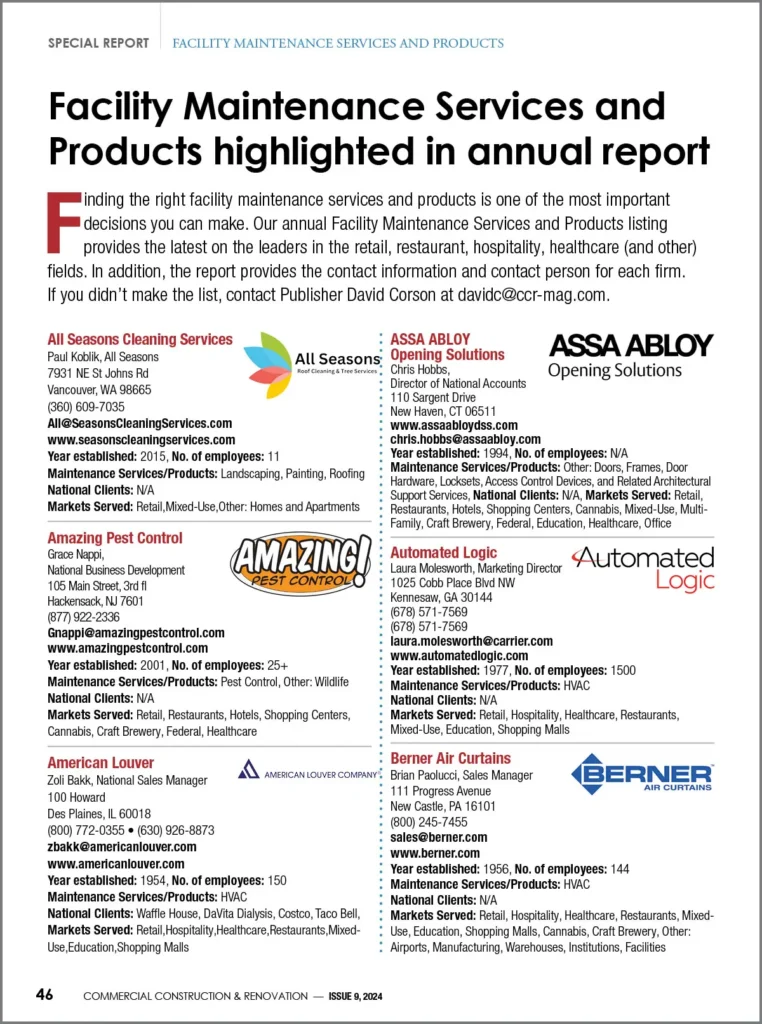
Imagine the beating a house built in the 1960s on a stone bluff overlooking the Atlantic Ocean in Marblehead, Mass. must take. The new homeowners knew it would require a lot of work. They would be gutting the home and starting over: new wiring, new plumbing, new insulation. One big problem, however, was that the home’s existing framework would not support the local building code’s R-value requirements (R-38 in the roof and R-20 in the walls). The low pitch of the roof posed another challenge. In order to install conventional insulation, contractors would either have to build a sister frame or, worse, completely reframe the home. Either of these methods would have been costly and time-consuming, but Paul Dion, president and building envelope specialist at Closed Cell Structures, Danvers, Mass., had a better solution: spray polyurethane foam (SPF) insulation.
“This home was the ideal candidate for closed-cell foam insulation for all the right reasons,” said Dion. “Its location on the waterfront means that it’s constantly battered by wind, rain, and sun, so we knew we needed the best and most durable insulation available. Next, the house had two-by-four walls and a two-by-six framed roof with a low pitch, posing further issues with the installation of conventional insulation. Finally, the old house had several stone wall crawl spaces, an exposed overhang as well as a concrete block basement that needed to be turned into comfortable finished living space.” The closed cell foam eliminated the need to use a multitude of costly, time consuming, less effective conventional insulation products.
Dave Malmquist, architect and project manager at Windover Construction, and Dion agreed all that the thermal and structural demands were best served by using InsulBloc® high performance spray polyurethane foam (SPF) insulation by US company, NCFI Polyurethanes. Dion, an NCFI-trained Gold Star applicator, said, “It’s very cost-effective and easy to install, even in framework from the 1960s. It consistently outperforms traditional insulations, making it the best solution for this weather-battered home, and it can be more easily installed in cramped crawl spaces than any other insulation product. It provides superior protection from both moisture and thermal drive, making every room consistently comfortable.”
It took about one week to install the InsulBloc®, which is usually used as a commercial insulation, enabling the crew to finish the entire building envelope project in just one month. “Though we had some weather delays—it is Massachusetts, after all,” said Dion. “Truth be told, there weren’t any realistic alternatives to the InsulBloc®. Anything else would have greatly affected the cost and timeline of the project.”
The project was not without challenges, of course. Around 60 high efficiency recessed can-lights had already been installed through the framework in the ceiling, and Dion, working as a team with the lead carpenter, had to “fashion custom domes from oval heating duct with help from the HVAC contractor to keep the light seal unbroken and meet R-value requirements. You just can’t do that with conventional insulation products and be confident it will work.”
For more information or to arrange an interview on this subject contact: Dale McGlothlin, (202) 341-8615
ABOUT NCFI: Celebrating 50 years of foam. NCFI, headquartered in Mt. Airy, NC since 1964, manufactures polyurethane foam chemical systems for spray foam-in-place insulation (SPF), geotechnical, agricultural, roofing, marine floatation, packaging, specialty molding, and many other uses. The company also offers a complete line of flexible foams for furniture seating, transportation seating, bedding, carpet underlay, and packaging. NCFI also has manufacturing plants in Hickory, N.C., Dalton, GA., and Salt Lake City, UT. NCFI is a Barnhardt Manufacturing Company, Inc. company. To learn more about NCFI please visit www.NCFI.com.










 The 2024 virtual Men’s Round Table will be held Q4, 2024, date TBD.
The 2024 virtual Men’s Round Table will be held Q4, 2024, date TBD.













